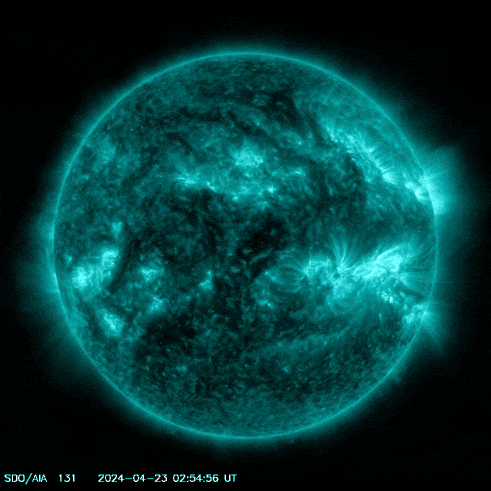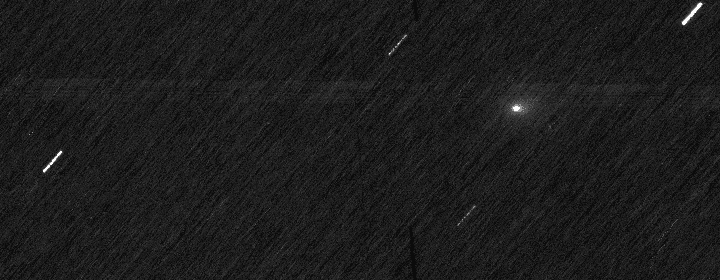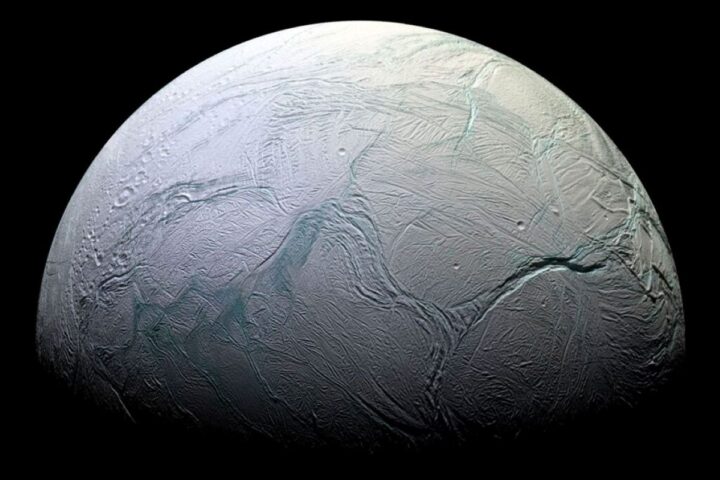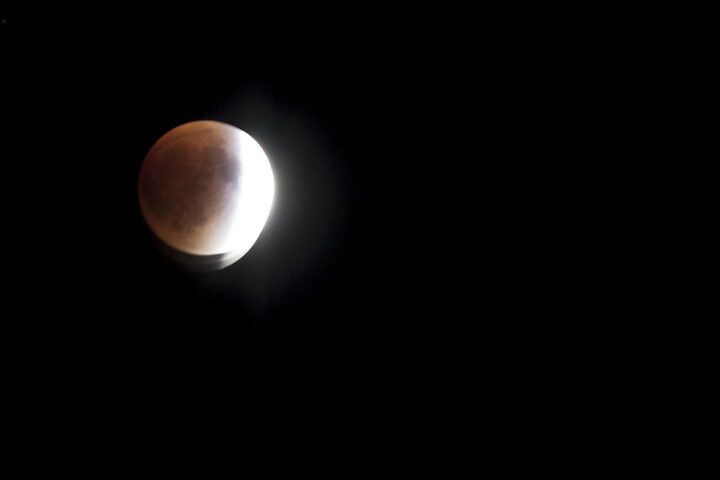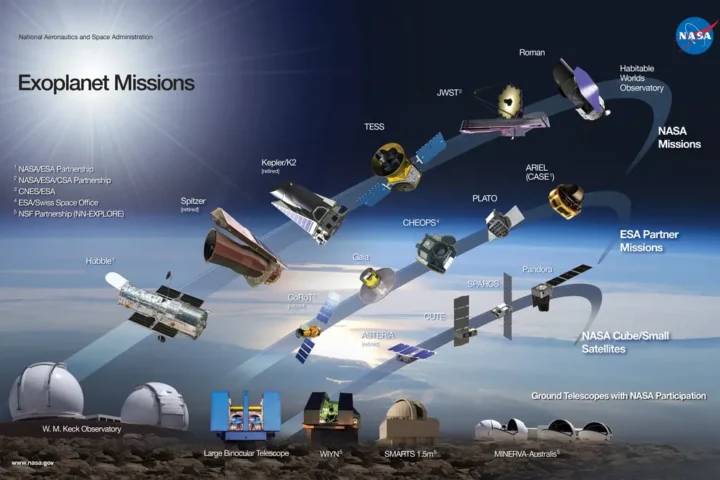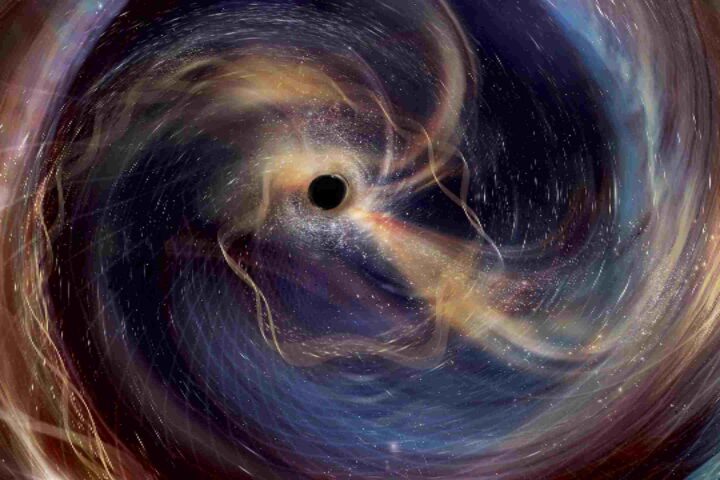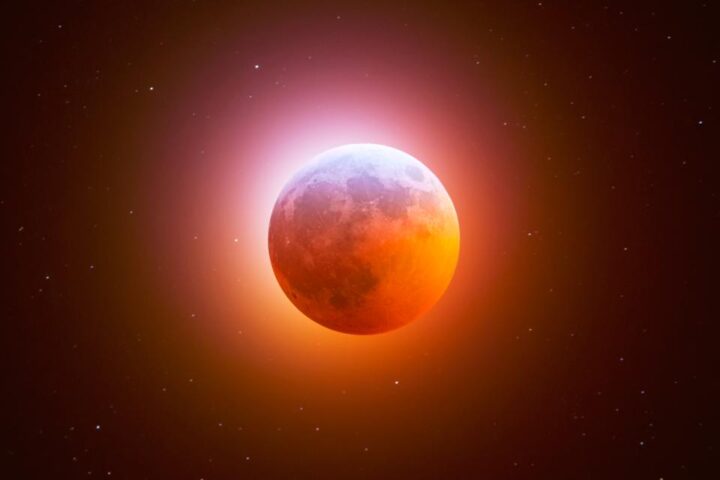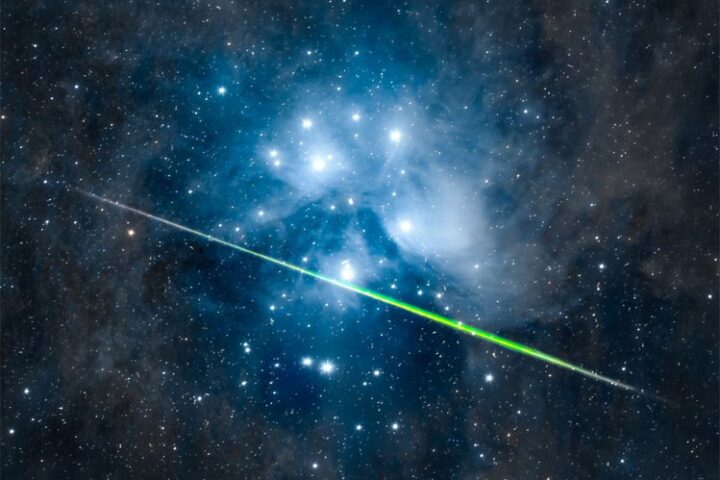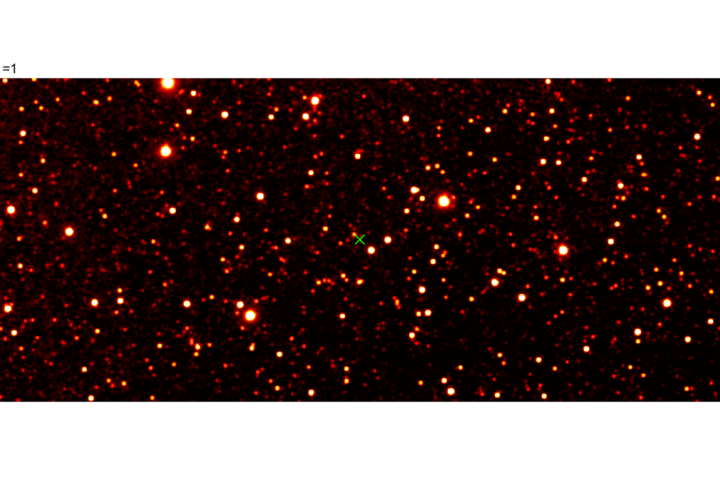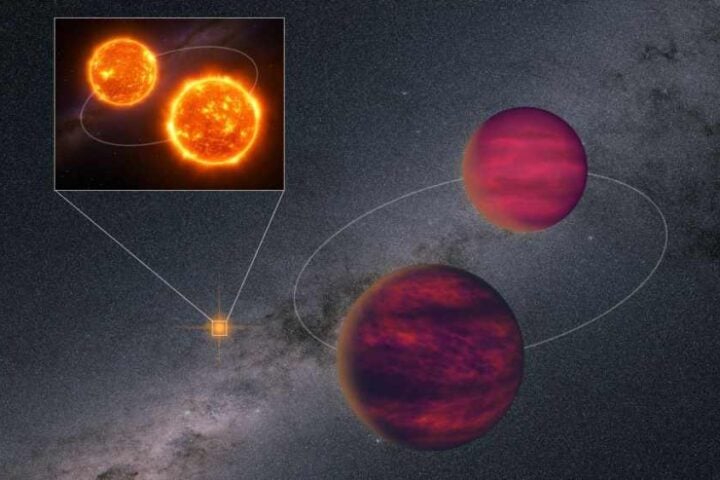On April 23rd, four solar flares erupted almost simultaneously on the sun’s surface, a phenomenon never seen before, and they may trigger a solar storm in the coming days that could affect Earth. NASA’s monitoring indicated that these four flare eruptions occurred around 1:00 PM (Beijing time) on the same day, spaced hundreds of thousands of kilometers apart, collectively covering about one-third of the sun’s surface. A NASA video clip shows that these four explosions occurred at different locations on the solar surface, underscoring the vast area affected.
Multiple flares erupting simultaneously are called “sympathetic solar flares,” triggered by several sunspots entering the giant magnetic fields above the solar surface at the same time. It usually involves only two flares, but this time there were four simultaneous eruptions, marking a first in human observational history. These four explosions are referred to as sympathetic solar flares, a phenomenon usually involving two related flares, but this occurrence of four simultaneous eruptions is unprecedented.
The strength of sympathetic solar flares ranges from minor eruptions to the highest X-class. The power of this event has not yet been determined, but due to the large number and extensive coverage, the resulting coronal mass ejections (CMEs) are likely to significantly impact Earth, especially causing more spectacular auroras near the Earth’s magnetic poles. NASA has not yet determined the combined power of these flares, but their extensive coverage suggests significant impacts may be forthcoming.
Similar Posts
This eruption could mark the early arrival of a new solar activity cycle. This is the third recorded instance of solar activity in 2024, following eruptions in January and March. Research shows that sympathetic solar flares are more likely to occur during solar activity peaks, which are part of the sun’s 11-year cycle. Scientists speculate that this latest event could signify an early phase of heightened solar activity.
Solar surface activity occurs in approximately 11-year cycles, also known as sunspot cycles, as the number of sunspots increases and decreases with the cycle. The solar activity cycle significantly impacts Earth’s space weather, thus being crucial for aerospace activities, satellite communications, and power networks. We are currently in the 25th solar activity cycle, which began in December 2019, is expected to peak in July 2025, and will gradually decline, ending around 2030. The cycle includes several phases: minimum, rising, maximum, and declining. Changes in the solar activity cycle affect Earth’s space environment, including solar winds which can affect Earth’s magnetic field and disrupt communications and navigation systems, as well as increasing radiation risks to astronauts and spacecraft in space.
